A few days ago, there was news that Google was developing a mysterious operating system called "Fuchsia". The outside world knew little about it. Only two messages were identified: First, it was an ongoing process. The second is that this project is not based on Linux development but is based on the Magenta kernel.
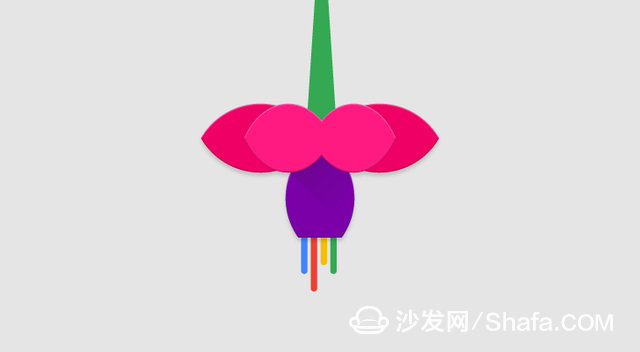
From the above second point, we can further infer that this strange new operating system is likely to be used in the Internet of Things, because Linux is not the best platform for the development of operating systems for embedded devices. In contrast, Magenta is easier to expand when developing for embedded devices.
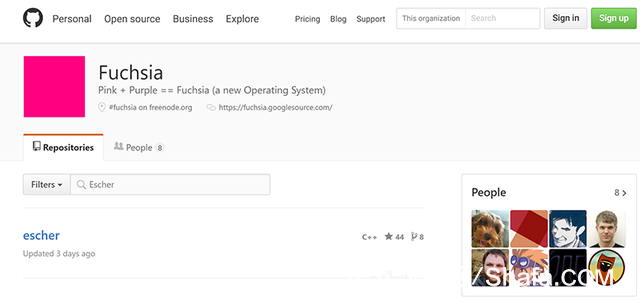
In addition, from the project's Github page, it can be found that the two developers Christopher Anderson and Brain Swetland are both experts in embedded systems.
From Google's latest position on this matter, it can also be inferred that this operating system has nothing to do with Android, Chrome OS. A Google spokesman said, "This is a completely new open source project that is completely unrelated to Android or Chrome OS. There are many ongoing open source projects within Google."
From this we can see that the project is still in a very early stage, and it is not impossible for the project to end up.
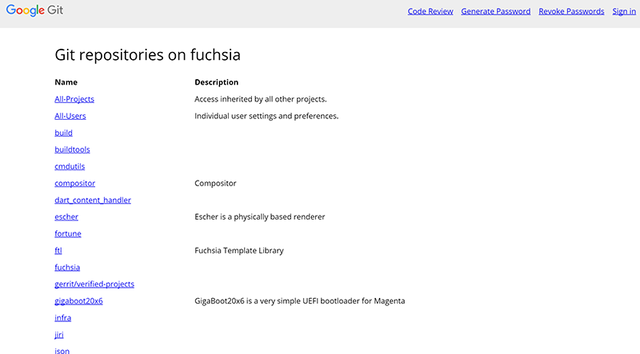
Next Android or Chrome OS?
The difficulty of developing an operating system can be imagined, especially when it is required to run on a variety of different devices, the compatibility requirements for the operating system are even higher, and even after an operating system is developed, In the open source environment, if no developers are willing to develop corresponding applications for this new platform, it is also difficult for the operating system to finally gain market recognition.
Google's current two operating systems are now a good interpretation of the operating system ecosystem: Android-based smartphone is the most successful operating system for smart phones, there are currently more than 1.5 billion mobile phones running Android devices, Google applications The total number of applications in the market has exceeded 1.4 million, and the total number of downloads exceeded 50 billion. The ecosystem based on the Android system has been formed.
On the other hand, Chrome OS has a poor market recognition compared with Android. Due to the limitation of Chrome OS itself, laptops running Chrome OS can only perform light tasks, which greatly limits the application of laptops. The concept of scenes and netbooks has also come from this. Nowadays, Chrome OS has gained more market acceptance through the Android App Store, which supports Android, through the already solid Android ecosystem. By supporting Android applications, Chrome OS and Android systems interact with each other. The trend of convergence is also more pronounced.
So if Google's new operating system can be finally released, it needs to be double verified by developers and the market, but when the Internet of Things is just starting to get started, it is based on this new field of operating system platform, have to say Google still wants to be in front of it.
FBT (fused biconical taper) is the traditional technology in which two fibers are placed closely together, typically twisted around each other and fused together by applying heat while the assembly is being elongated and tapered. A signal source controls the desired coupling ratio. The fused fibers are protected by a glass substrate and then protected by a stainless steel tube, typically 3 mm diameter by 54 mm long. FBT splitter is widely accepted and used in passive optical networks.
Advantages:
The product is well-known and is easy to produce, thus reducing the cost of production.
Splitter ratios can be customized.
Can work on three different operating bands (850nm, 131 Onm, and 1550nm).
We provide the whole series of 1xN and 2xN splitter products that are tailored for specific applications. Fiber Optic Splitter Plc, Fiber Optic Cable Splitter, Optical Splitter, Mini Type Plc Splitter, Cassette Type PLC Splitter, Insertion Module Plc are available.
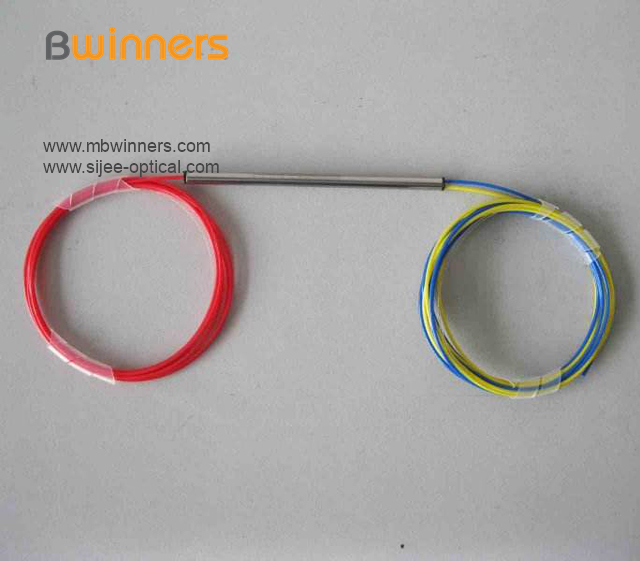
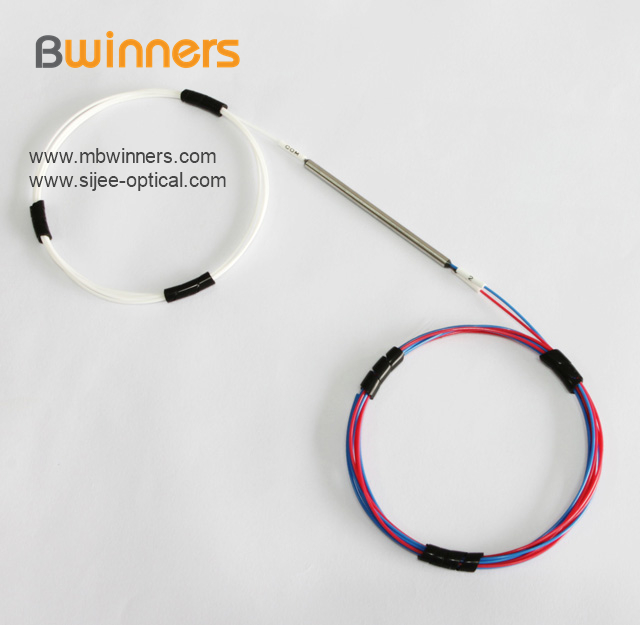
FBT Splitter,Fbt Splitter Coupler,FBT Fiber Splitter,FBT coupler
Ningbo Bwinners Optical Tech Co., Ltd , https://www.sijee-optical.com
